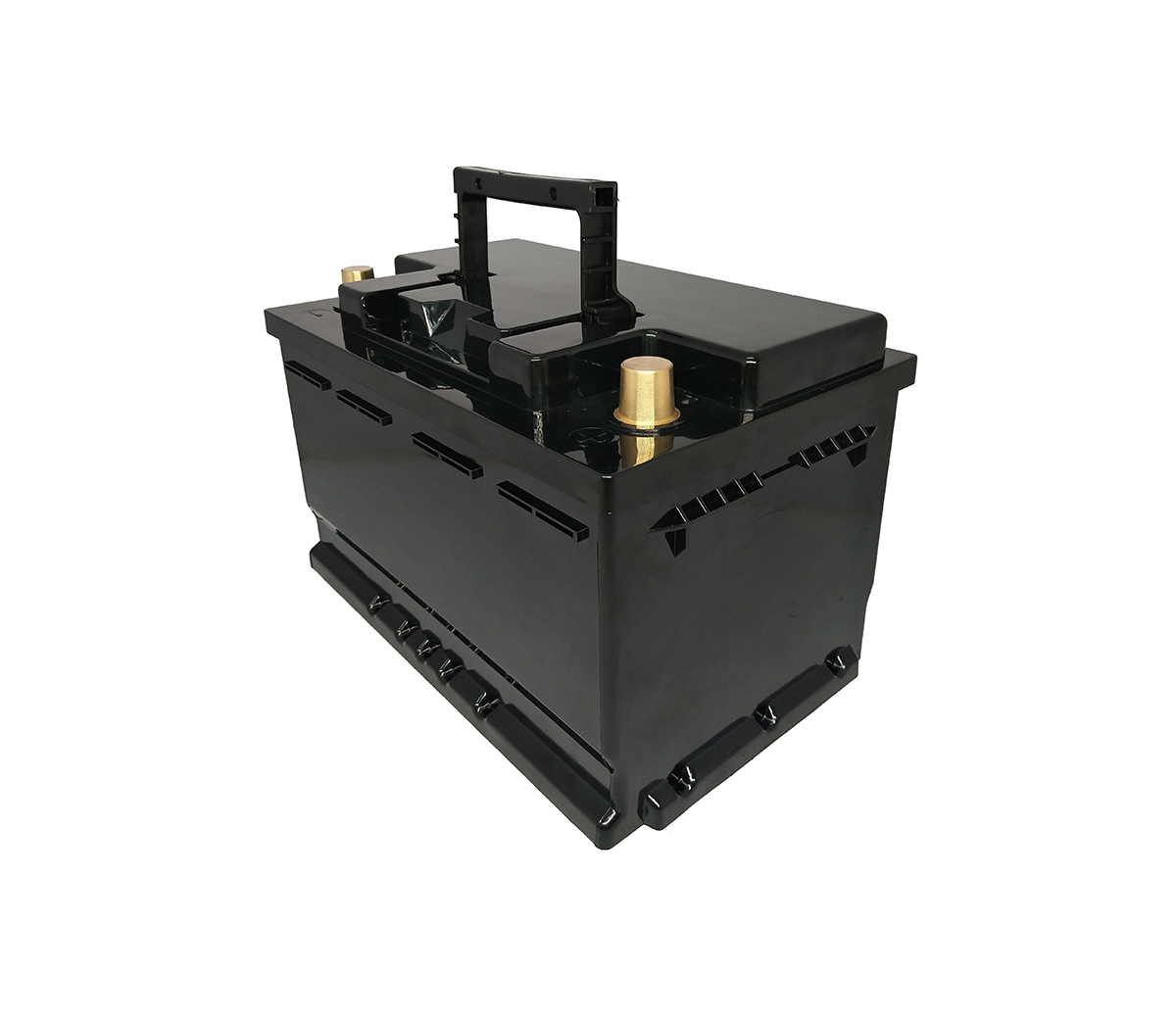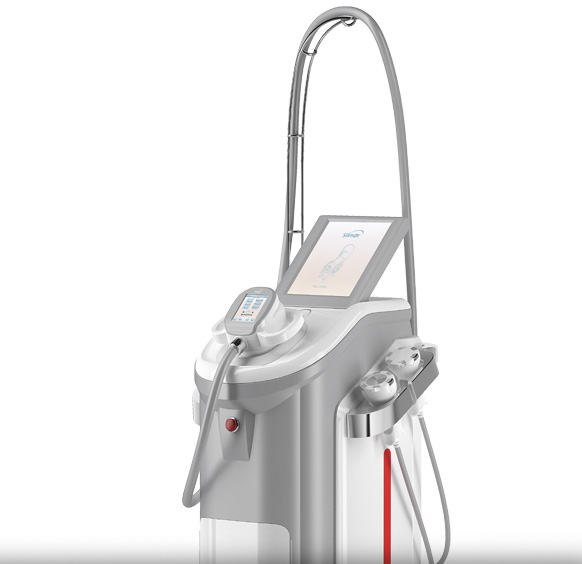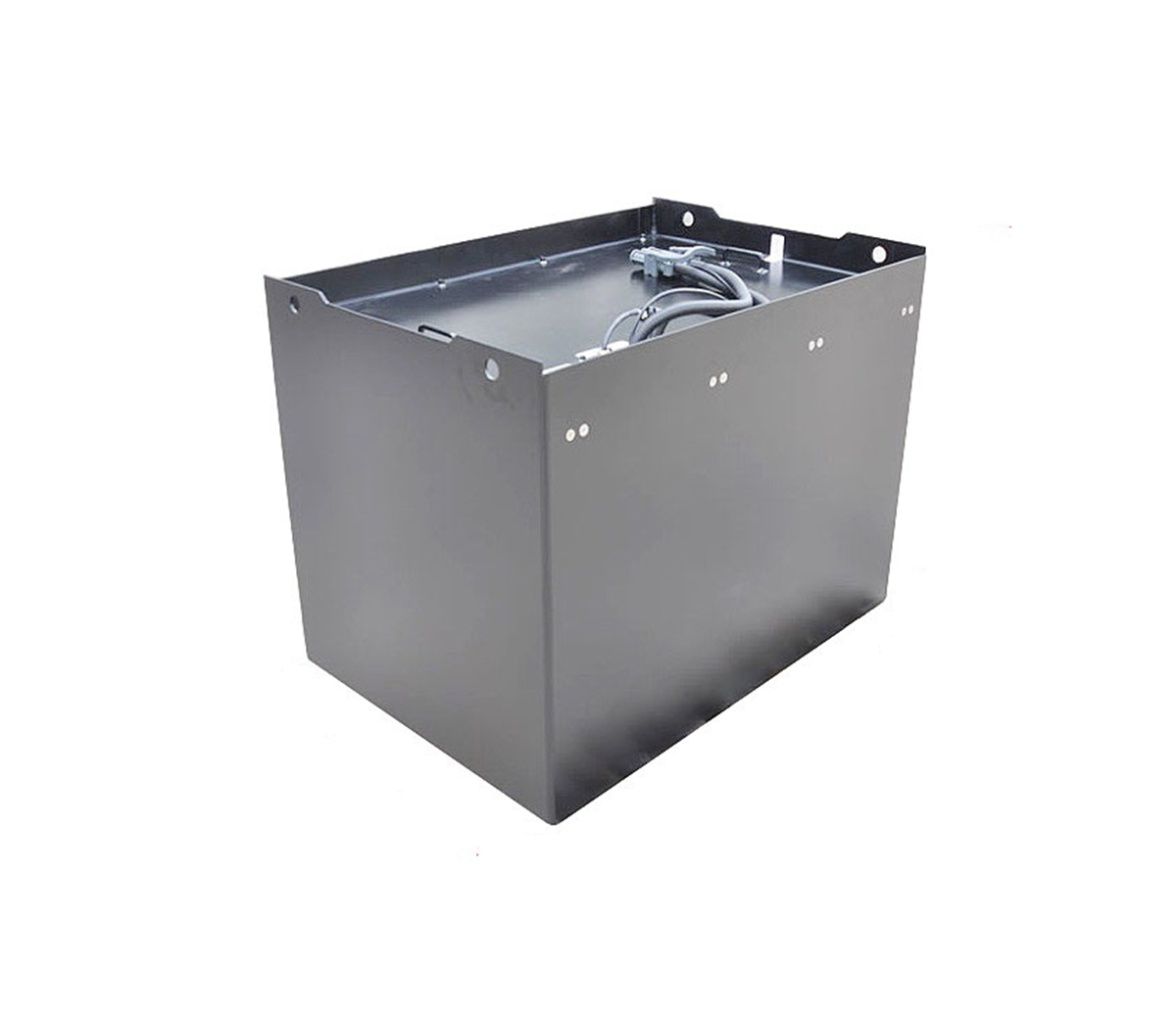Briefly describe whether the positive electrode lithium supplement process
can replace the negative electrode lithium supplement process
At present, the most common method of replenishing lithium is the method of
replenishing lithium in the negative electrode, which uses processes such as
lithium powder and lithium foil to supplement the irreversible capacity loss of
the negative electrode during the first charge. In addition, another method of
replenishing lithium is the positive electrode replenishment process. A small
amount of high-capacity lithium-containing oxide, such as Li5FeO4, is added to
the positive electrode, and the positive electrode is used to store extra Li to
supplement the Li loss during the first discharge. These two lithium supplement
methods have their own advantages. Today we will discuss and compare the two
lithium supplement methods together.
The specific capacity of pure Si can reach 4200mAh/g (Li4.4Si) in the state
of fully intercalated lithium, but it is also accompanied by a volume expansion
of up to 300%, which will cause particle fragmentation and differentiation of
pure silicon materials during the lithium intercalation process. , The negative
electrode falls off, which leads to serious capacity decline during the material
cycle. In order to overcome the problem of silicon anode material, people try to
make pure silicon into nanoparticles to suppress the expansion of Si particles,
but in fact this strategy is not successful. Related calculations show that only
when the size of pure Si particles is smaller than the unit cell It is possible
to completely suppress the volume expansion of Si particles when the size is
small. This is obviously impossible. Therefore, nanometerization can only reduce
the volume expansion of Si anode particles. At the same time, the larger
specific surface area of the nanoparticles will also cause the anode and
electrolysis. The side reactions between the liquids increased significantly. In
addition, another strategy is to make Si material into a "raisin bread"
structure, that is, to disperse nano Si particles in a sea of graphite, and
use graphite to absorb the volume expansion of Si particles during charging and
discharging, but this method is also not Not perfect. First of all, the specific
capacity of the material is very low. Because of the high graphite content, the
specific capacity of most of this type of silicon-carbon anode is only
400-500mAh/g, and the cycle life of such silicon-carbon materials has not been
too much. Many improvements.
Due to the above-mentioned problems of pure Si materials, people began to
try to use another silicon oxide-SiOX as the negative electrode material. The
bond energy of the Si-O bond is twice that of the Si-Si bond. At the same time,
it is in the process of lithium insertion. In the process, Li will react with
the O element in the material to form LiXO. These Li oxides then lose their
activity and become a buffer layer inside the silicon oxide particles, which can
inhibit the material well during the charge and discharge process. The volume
expansion improves the cycle performance of the material. Since the lithium
metal oxide LiXO is generated during the first lithium insertion of SiOx, the
first coulombic efficiency of the silicon oxide material is only about 70%. In
recent years, after many technical improvements, the first efficiency has also
been tightly increased by about 80%. There is still a big gap between this and
90% of graphite materials. Therefore, in order to take advantage of the high
specific capacity of SiOX materials, it is necessary to use the lithium
supplement process to supplement the irreversible capacity loss during the first
lithium insertion process.
Comparison of positive electrode lithium supplement process and negative
electrode lithium supplement process
At present, the lithium supplement process is mainly divided into two
categories; 1) the negative electrode lithium supplement process; 2) the
positive electrode lithium supplement process, of which the negative electrode
lithium supplement process is our most common lithium supplement method, such as
lithium powder supplement lithium and lithium foil lithium supplement. They are
all lithium-replenishing processes that are currently being developed by major
manufacturers. The lithium supplementation process with lithium powder was first
proposed by FMC. FMC developed an inert lithium powder for this purpose. The
appropriate amount of lithium powder was added to the negative electrode through
processes such as spraying and homogenization. Lithium foil replenishment is
also an emerging lithium replenishment process in recent years. The metal
lithium foil is rolled to a thickness of several microns, and then combined with
the negative electrode and rolled. After the battery is injected, these metallic
Li quickly react with the negative electrode and are embedded in the negative
electrode material, thereby improving the first-time efficiency of the material.
However, these methods have to face a problem-the "safety problem of metallic
lithium". Metallic lithium is an alkali metal with high reactivity and can react
violently with water, which makes metallic lithium very demanding on the
environment. Both of these negative electrode lithium supplement processes have
to invest a huge amount of money to transform the production line, purchase
expensive lithium supplement equipment, and at the same time, in order to ensure
the lithium supplement effect, the existing production process needs to be
adjusted.
Compared with the highly difficult and high-input negative electrode
lithium supplementation process, the positive electrode lithium supplementation
process is much simpler. The typical positive electrode lithium supplementation
process is to add a small amount of high-capacity positive electrode material to
the positive electrode homogenization process. During the charging process, the
excess Li element is extracted from these high-capacity positive electrode
materials and embedded in the negative electrode to supplement the irreversible
capacity of the first charge and discharge. For example, XinSu and others of
Argonne National Laboratory in the United States, by adding 7% of Li5FeO4 (LFO)
material to the LiCoO2 cathode, the first efficiency of the battery was
increased by 14%, and the cycle performance of the battery was significantly
improved. The theoretical specific capacity of Li5FeO4 material can reach
700mAh/g, and almost all the capacity is irreversible. After the delithiation is
completed, the material is rapidly deactivated and no longer participates in the
charge and discharge reaction. The delithiation equation is: Li5FeO4?
4Li++4e-+LiFeO2+O2 . Giulio Gabrielli and others from Germany have adopted a
method of mixing two positive electrode active materials: LiNi0.5Mn1.5O4 and
Li1+XNi0.5Mn1.5O4. Li1+XNi0.5Mn1.5O4 can provide the battery during the first
charge. The extra Li makes up for the Li lost during the first lithium insertion
in the negative electrode. After the lithium is completely removed,
Li1+XNi0.5Mn1.5O4 is converted into fully active LiNi0.5Mn1.5O4, so this method
has no effect on the composition of the positive electrode. Li1+XNi0.5Mn1.5O4
can be regarded as a cathode material that temporarily stores excess Li. By
changing the ratio of Li1+XNi0.5Mn1.5O4 to LiNi0.5Mn1.5O4, the amount of Li that
the anode can provide can be determined. Control to adapt to the negative
electrode with different initial efficiency.
Process dispute: Can the positive electrode lithium supplement process
replace the negative electrode lithium supplement process?
Through the above analysis, it is not difficult to find that the biggest
advantage of the positive electrode lithium supplement process is that the
process is simple, and there is no need to change the existing lithium-ion
battery production process, and there is no need to modify the existing
production workshop or purchase. Expensive lithium supplement equipment, more
importantly, the positive electrode lithium supplementation greatly improves the
safety of the lithium supplement process, but the positive electrode lithium
supplement process may cause the proportion of the positive electrode active
material to decrease. For example, when Li5FeO4 is used, it needs to reach 7 %
Content, and these products after supplementing lithium are inactive, which
affects the further improvement of the energy density of lithium-ion
batteries.
Comparing the two methods of replenishing lithium, the author is more
optimistic about the positive electrode replenishing lithium. The negative
electrode lithium supplement process has strict conditions and large investment,
and the use of metal lithium poses a greater safety risk. In contrast, the
positive electrode lithium supplement process is simple and does not require
modification of the existing production line and process, and the investment is
small. There is no safety risk. The positive electrode lithium supplement
process developed by Giulio Gabrielli et al. solves the problem that the lithium
supplement product affects the positive electrode composition. Although the
technology is currently only applied to LiNi0.5Mn1.5O4 materials, through
related technology research and development, this lithium supplement It is
believed that the process can also be applied to ternary materials such as NCM
and NCA to improve the efficiency of the battery for the first time.


































